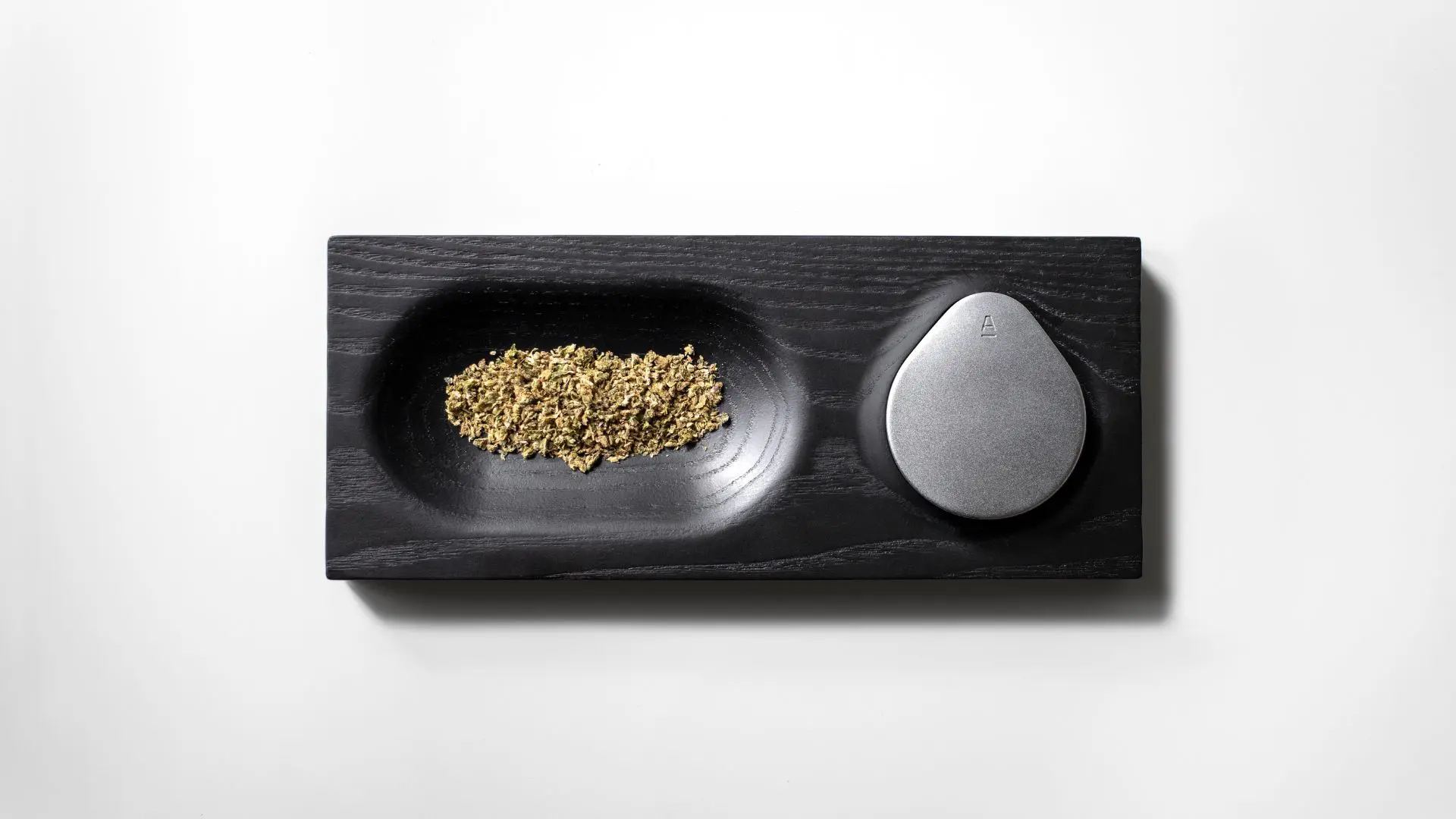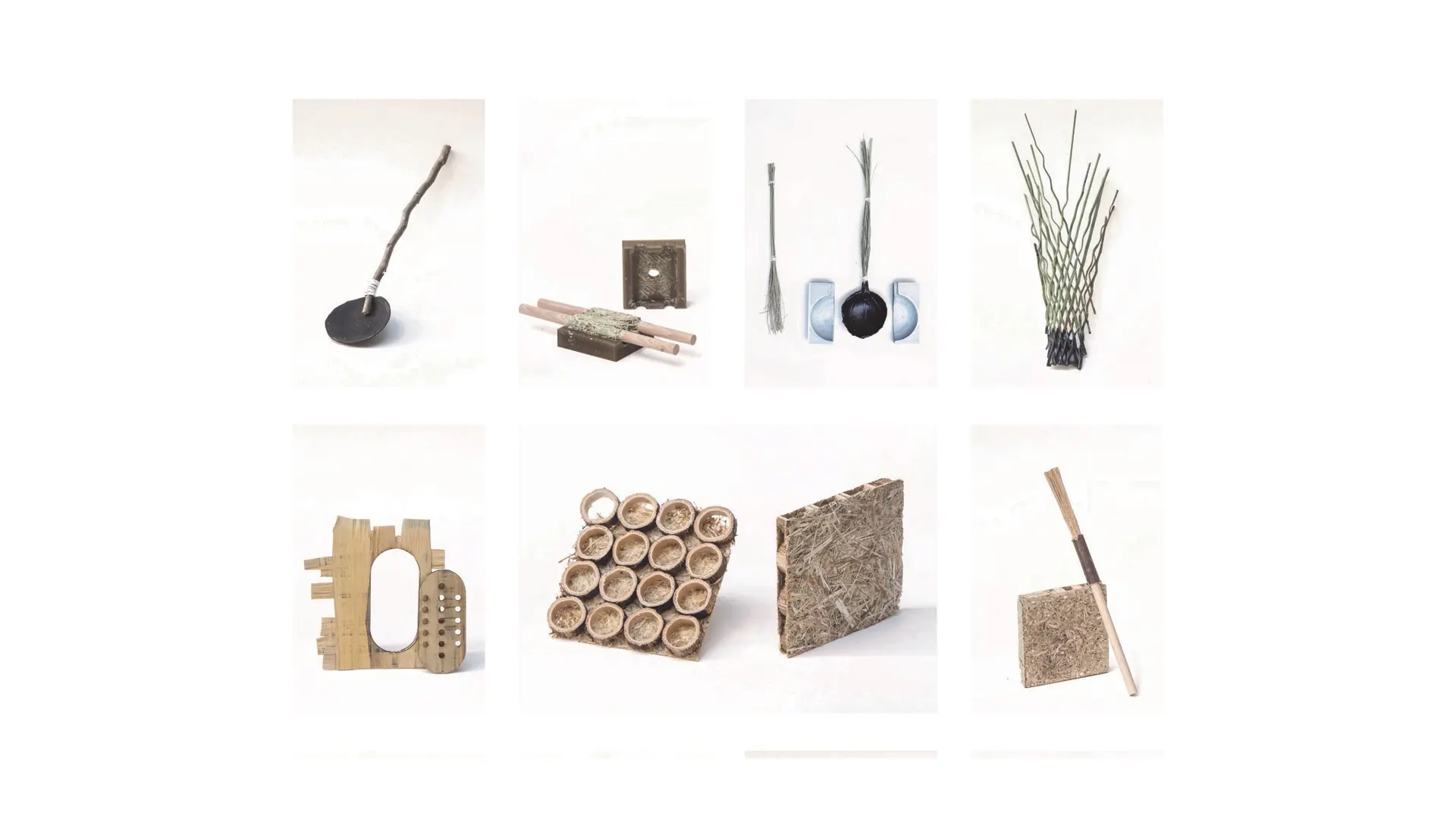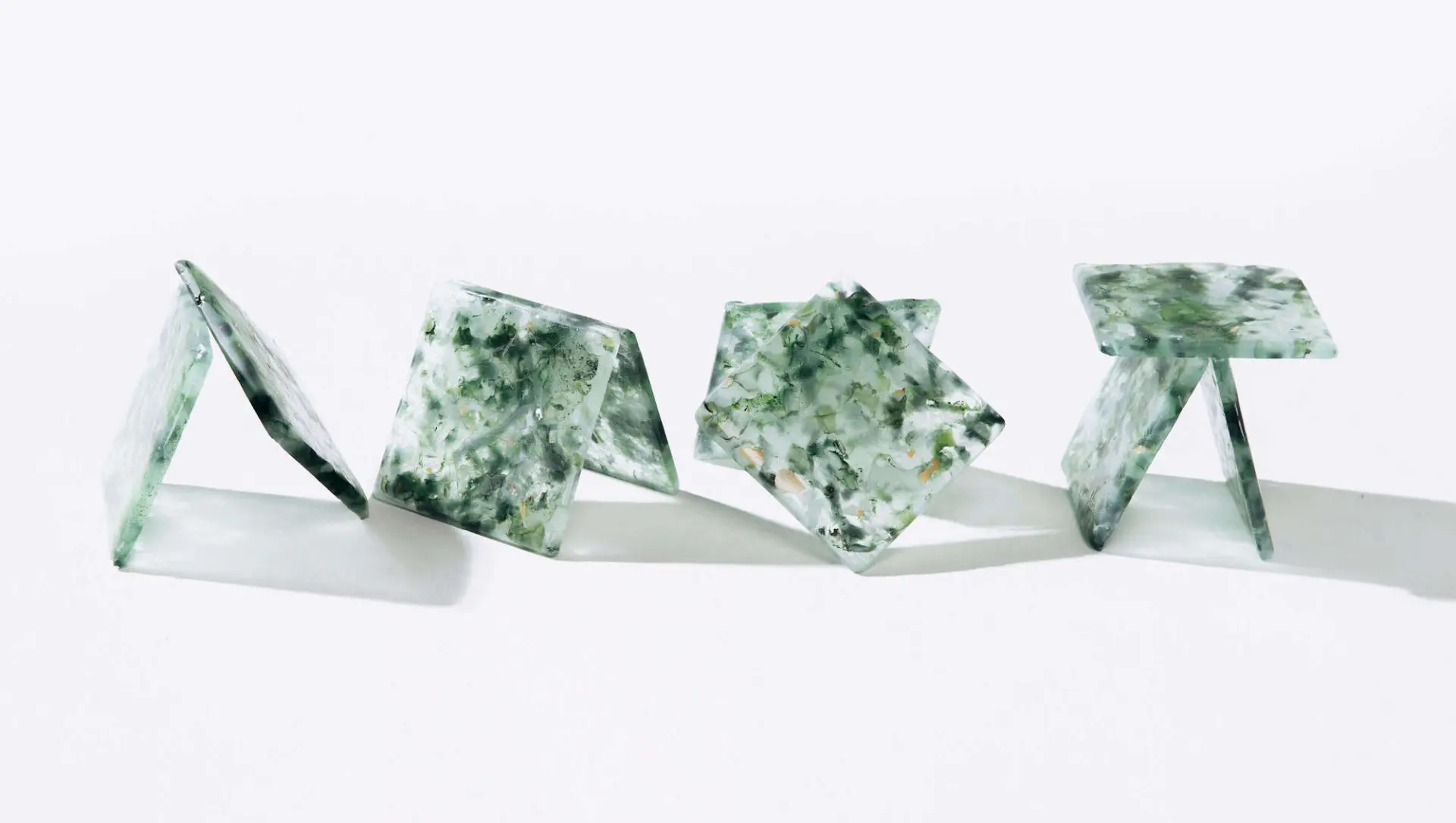What is the future of product design? Here how AI is changing the game
Are you ready to join the AI revolution in product design? With artificial intelligence (AI) at your fingertips, the possibilities for creating innovative and successful products are endless
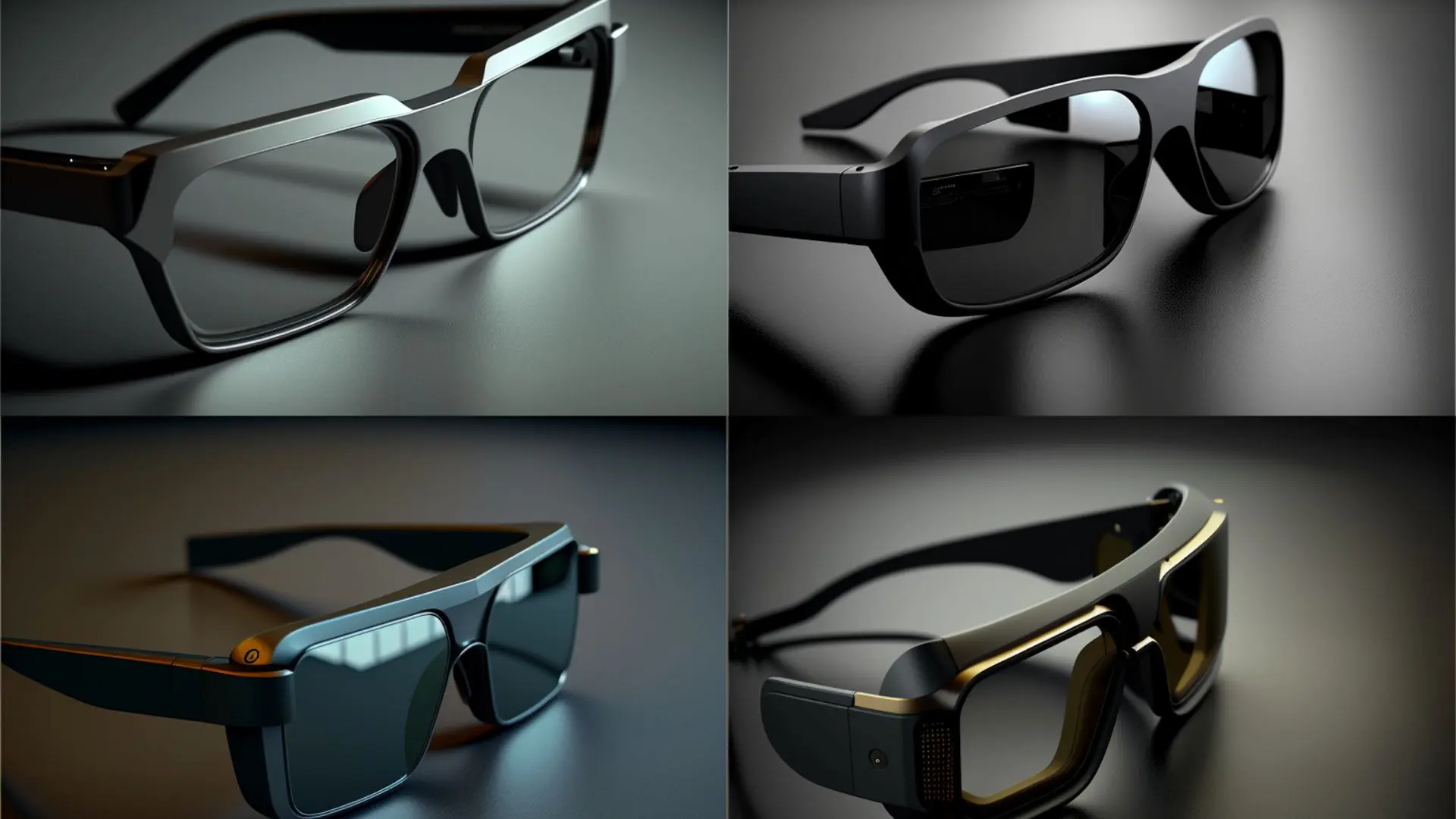
Imagine being able to generate endless ideas, simulate real-world behavior, and make smart decisions with the help of a computer program. Artificial Intelligence is not only changing the way we design products, but it has the potential to change the world through the creation of transformative products.
So why wait? Embrace its power and let it help you design the future.
Go to:
Artificial intelligence (AI) is a type of computer technology that can simulate human intelligence, such as learning, problem-solving, and decision-making.
This revolutionary technology is increasingly being used in product design to help companies create new and innovative products. With the ability to generate ideas and simulate real-world behavior, this break-through innovation is proving to be a valuable tool for designers looking to create successful products.
As it continues to advance, the possibilities for product design are endless, and the potential to change the world through the creation of truly transformative products is within reach. With this powerful tool in their arsenal, designers are poised to shape the future in exciting and meaningful ways.
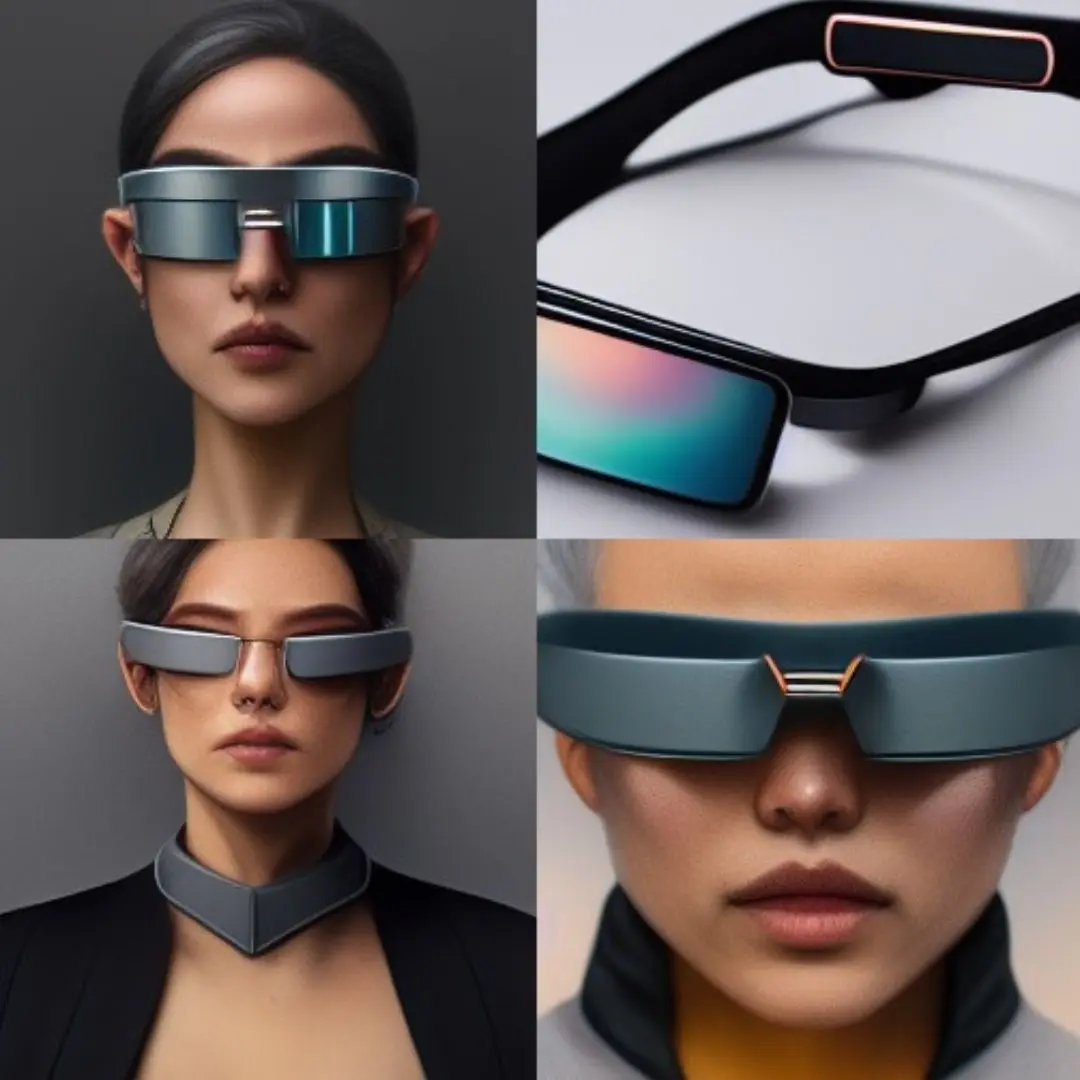
What exactly is Artificial Intelligence, and how is it being used in product design?
Let’s take a closer look at the ways in which this technology is revolutionizing the creation of new products, from the initial spark of inspiration to the final optimization for the market.
As more and more industries begin to incorporate artificial intelligence into their operations, the field of product design is no exception. With its ability to quickly analyze vast amounts of data and generate new ideas, it is transforming the way products are designed, from the initial spark of inspiration to the final optimization for the market.
From generating concepts to simulating real-world behavior, Artificial Intelligence is proving to be a valuable tool for product designers looking to create innovative and successful products. Artificial intelligence is increasingly being used in product design to help companies create new and innovative products.
It can be used in a number of different ways in product design, including for inspiration, generating ideas, testing and simulation, and optimization.
1. Find inspiration
With access to vast amounts of data and the ability to analyze it quickly and accurately, it can help designers find new ideas and inspiration for their products.
For example, have you ever been stuck on a design project and not sure where to start?
By using it to search through thousands of images, designers can quickly and easily find inspiration.
2. Generate ideas
It’s used to create concept designs for new products, either by using data and algorithms to generate designs based on certain criteria or by working in collaboration with designers to create concepts that combine human creativity with AI-powered analysis and optimization.
This can help designers create new products that are more innovative and more likely to be successful in the market. Imagine being able to generate hundreds of different design concepts for a new product in just a few minutes, with the help of Artificial Intelligence.

3. Testing and simulation
Designers can use it to simulate how a product will behave in real-world conditions, such as how it will respond to different loads and stresses, or how it will interact with other products or systems.
This can help designers create products that are more robust and reliable, and that is less likely to fail in the field. Have you ever had a design fail in the field because you didn’t have enough information about how it would behave in real-world conditions? This new technology can help you avoid that problem by allowing you to test and refine your designs in a virtual environment before they are built.
4. Design optimization
It can help designers optimize their products for certain criteria, such as cost, weight, or performance. For instance, a designer could use it to search for the optimal combination of materials and manufacturing processes for a new product or to find the most efficient design for a new component.
This can support designers create products that are more cost-effective, lighter, or more powerful, depending on the specific goals of the design. Imagine being able to reduce the cost of a new product by 20% or more, simply by using this tech to optimize the design. This could have a huge impact on your bottom line.
Overall, the incorporation of Artificial Intelligence in product design is a truly exciting development.
With its ability to quickly analyze vast amounts of data and generate new ideas, it is transforming the way products are designed, from the initial spark of inspiration to the final optimization for the market. As it continues to advance and become even more sophisticated, the possibilities for product design are limitless.
Designers can unlock their creativity and push the boundaries of what is possible, creating products that are not only innovative, but also more cost-effective, efficient, and sustainable. In the end, it is the combination of human creativity and Artificial Intelligence analysis and optimization that will lead to the creation of truly inspiring and moving products that can improve our lives and the world around us.

How can product designers integrate Artificial Intelligence efficiently into their work?
Here is a possible workflow for designers who want to make the most of it in product design:
- Identify the problem or challenge that you are trying to solve with your product design. This could be anything from creating a new product that is more cost-effective to improving the performance of an existing product. Research and collect data that is relevant to your problem or challenge. This could include market research, customer feedback, and technical data about materials and manufacturing processes.
- Use AI to analyze the data and identify patterns and trends that can help you generate new ideas for your product design. This could include using AI to search through images and find inspiration, or using AI to generate concepts based on certain criteria.
- Collaborate with AI to create concept designs that combine human creativity with AI-powered analysis and optimization. This could involve working with AI to explore a wide range of ideas and concepts, and refining the designs based on feedback from team members and customers.
- Use AI to test and simulate the behavior of your designs in a virtual environment. This could involve using AI to simulate how the product will behave in real-world conditions, such as how it will respond to different loads and stresses, or how it will interact with other products or systems.
- Use AI to optimize your designs for specific criteria, such as cost, weight, or performance. This could involve using AI to search for the optimal combination of materials and manufacturing
It is certain that the use of AI in product design is changing the way we create and innovate. With its ability to quickly analyze vast amounts of data and generate new ideas, AI is helping designers push the boundaries of what is possible.
As AI continues to advance, it will become an increasingly powerful tool for designers, enabling them to create products that are more innovative, more efficient, and more successful than ever before.
The possibilities for using AI in product design are truly moving, and we can’t wait to see what the future holds.
Created with chatGPT, in case you were wondering if..






